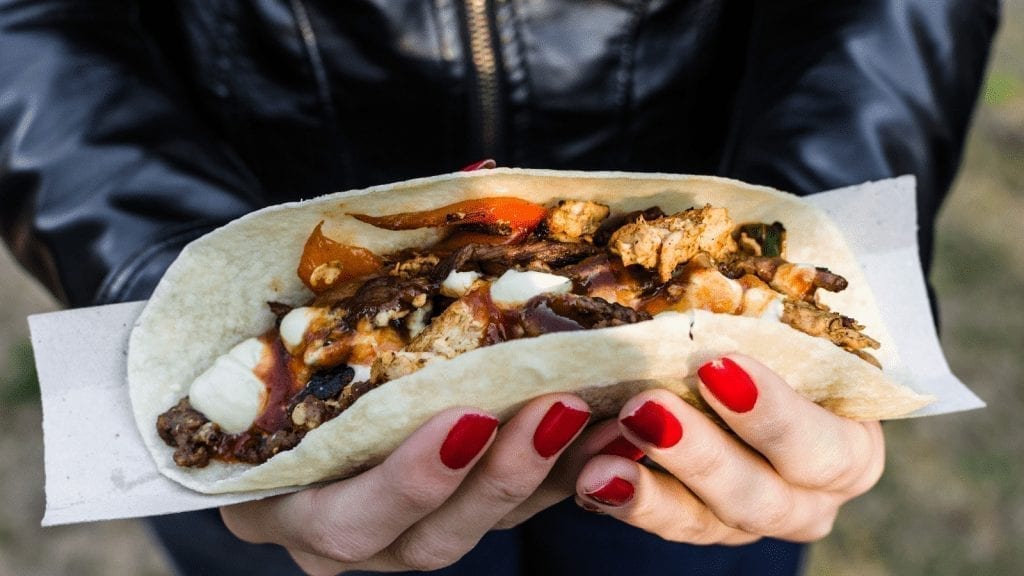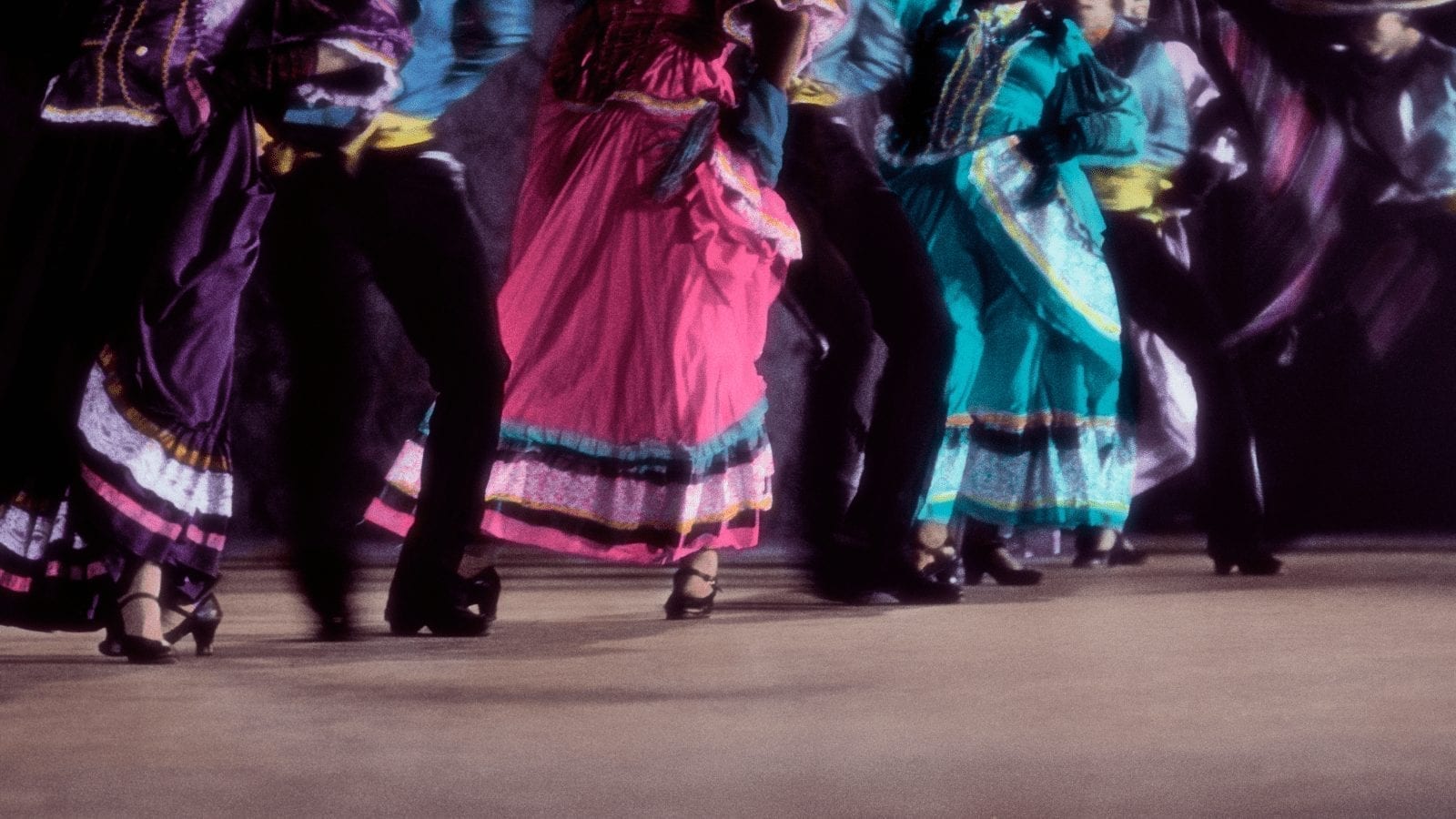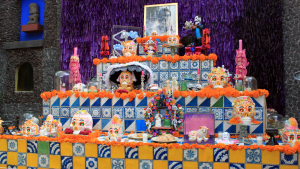What is Hispanic Heritage Month?
Now that we’re in the midst Hispanic Heritage Month (September 15 to October 15) let’s take a moment to talk about what it is. We often hear the name, but many people don’t know what it represents. Hispanic Heritage Month commemorates the profound contributions people of Hispanic descent have made to the United States. While it started out as a single week in 1968, it was expanded to a full month by President Reagan in 1988.
In the US, people of Mexican descent make up nearly two-thirds of the Hispanic population, and over three-fourths of those are U.S. citizens. This means 32 million Hispanics are eligible to vote in this year’s presidential election – this is a huge voting block!
Cultural contributions
What are some of the cultural contributions that have been made by Hispanic-Americans? Where do I even start? Let’s take a look at just a few.
- Mexican Food. Mexican food has become so popular that even McDonald’s carries a breakfast burrito on its regular menu. And do I even need to mention Taco Tuesday? Chips and salsa? Guacamole?! (And at this point, I’ll need to take a quick break to grab a plate of chips with guacamole and let the family know we’re going out for fajitas tonight.)

- Music. There are so many fabulous music genres that have been shared by Hispanic cultures: cumbia, salsa, bossa nova, Tejano, mariachi – the list goes on and on! What’s your favorite? Carlos Santana, is considered one of the all-time greats of the guitar world, and is definitely one of mine.
- Dance. When you think of tango, what comes to mind? For me, it’s Gomez and Morticia dancing in the Adams Family movie. What about flamenco? I instantly visualize beautiful black and red dresses with a single rose held in someone’s teeth. Folklorico? Ohhhh, the swirling skirts, the long hair braided into a crown, the bright colors…

- Art. Frida Kahlo instantly comes to mind when I think of Hispanic artists. Married to Diego Rivera, another art genius, Frida has recently become a pop culture icon. Did you know Pablo Picasso was of Hispanic descent, too? While he spent most of his life in France, he was actually born in Spain.

- Hollywood. Anthony Quinn, Rita Moreno, Javier Bardem, Salma Hayak, Penélope Cruz, Carmen Miranda… The list goes on and on!
- And my favorite contribution (after the food, of course) is Spanish! Known as the “most romantic language,” Spanish has an absolutely beautiful sound to it.
The Spanish Language
Speaking of Spanish, let’s take a closer look at it. Did you know that Spanish is one of the most spoken languages in the world? While English, Mandarin, and Hindi claim the top 3 spots, Spanish comes in at #4. Spanish is the official language of many countries, and it’s spoken in over twenty. While these countries include all of the expected ones like Spain and most of Latin America, surprisingly enough, Spanish is even spoken in Equatorial Guinea – in Africa!
Here are a few other fun facts about Spanish:
- Spanish is the official language of 14 countries.
- Even though Spanish is spoken throughout Mexico, the Mexican government recognizes 68 official languages – the majority of which are indigenous.
- Spanish is the most spoken language of the United States after English.
- While Spanish is a descendent of Latin, there are a surprisingly large number of words derived from Arabic. Even my favorite food – albóndigas (meatballs, but not the kind you’re probably used to) – are derived from the Arabic word al-bunduq, which means hazelnut or something round.
- There are more than 40,000 words in Spanish that are palabras panvocálicas. This means that they have all five vowels in them. While there are some in English, the number is far smaller. Let me say that again – more than 40,000!
What about you?
What do you think of when you think of Hispanic culture? And most importantly, are you having Mexican food for dinner now?
About the author

Bilingual Teacher at Bilingual Bridges



